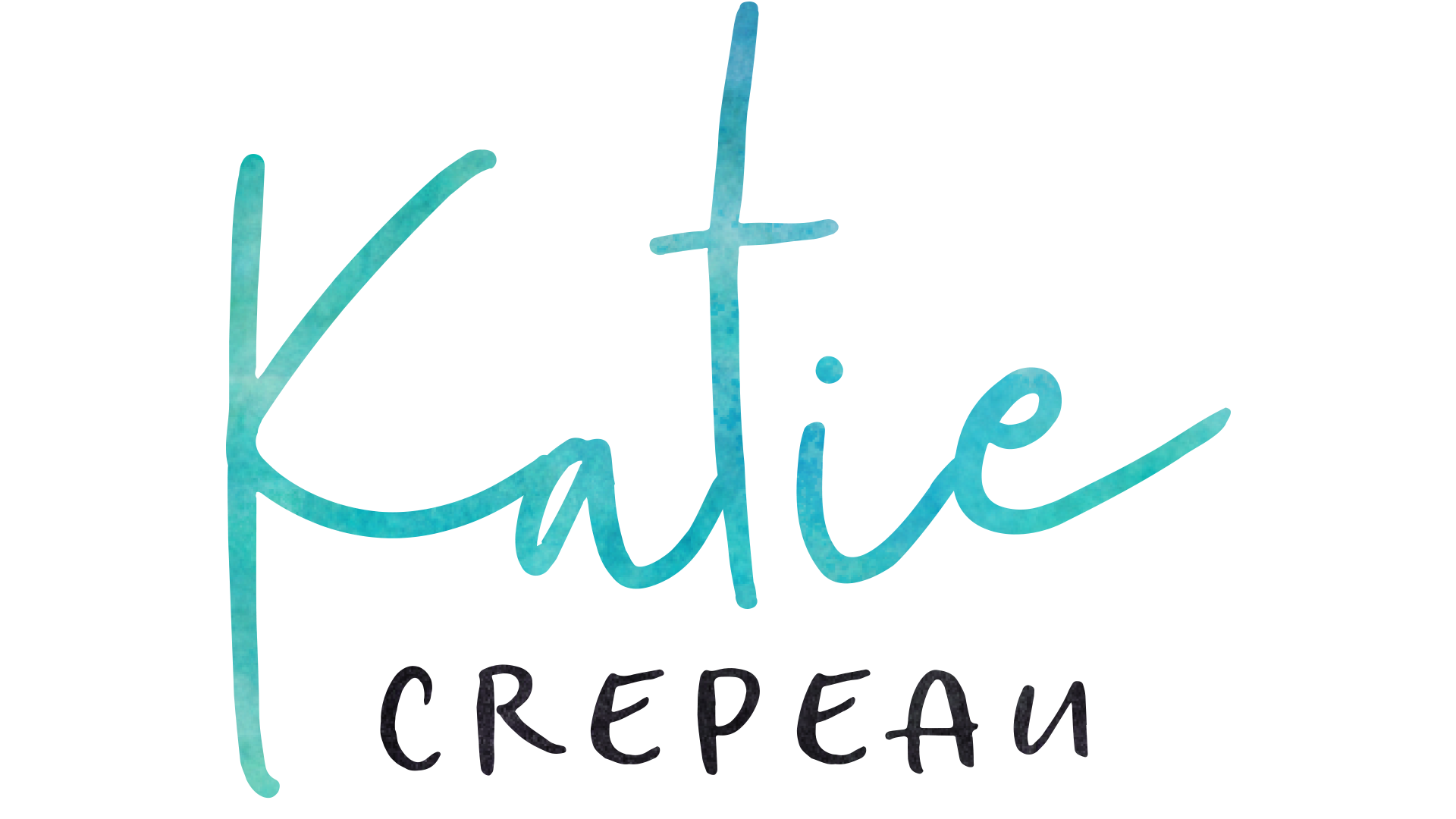
Stefan Sagmeister querying the What Design Can Do audience on levels of happiness
This question continues to pop-up from people who are interested in working and participating in the field, yet there aren’t too many resources on how to do this. Part of the issue is social impact design doesn’t have the same structure and clear career path as other design professions like architecture and design. It’s nascent and this is both exciting and daunting.
Based on my nine years working within the field, here are a few pieces of advice on how to begin to define your own path. (My colleague Gilad Meron addressed this same question in this post on D-Rev’s blog.)
Find a Close Knit Group of Colleagues
I’ve read and heard a lot about mastermind groups for people who are more entrepreneurial, which I would consider social impact designers to be. They offer an environment to work on ideas with a small group of trusted peers who will give you feedback and vice versa. Check out this article by Barrett Brooks on creating one–and let me know if you do create one!
Define Your Strengths
It is super important to know your strengths, skills and the things that excite you the most in order to find work you enjoy. This comes with experience but I’m sure if you look back through your lifetime thus far you’ll see patterns and threads that tie together to identify what you value, what gets you most excited, and what leaves you the most fulfilled. These are the things that will keep you going with work so honor them whether you venture out on your own or work within an existing organization. I’ve been working with a business coach to help me with this and I also did this 30-minute exercise to evaluate my current projects. Cal Newport’s So Good They Can’t Ignore You has offered an alternative to the “follow your passion” advice that gets many people tripped up. He advises to work on unique skills building, which will then turn into a passion.
[Tweet “Know your strengths & skills to find work where you can thrive. – @kapow_katie”]
Identify and Fill Gaps
Identifying gaps in current practices and pursuing how to fill those will open up new opportunities where others aren’t working. That is what landed me at Impact Design Hub. I tried to start my own design practice, realized I didn’t know how, why and what other people were doing, so I launched Design Affects to get into deeper questions with practitioners. Then I met John Cary and worked at IDH for 2.5 years trying to do the same thing. I identified and have been pursuing ways to fill the gap in published and shared knowledge about practicing social impact design. There are plenty more gaps in the field–and therefore plenty of need from people like you, even if you aren’t a designer!
Listen to Outside Perspectives
Seeking insight from other professions and fields will help you keep an open mind. I read and follow news on impact investing, social enterprises, international development, impact assessment, writing, entrepreneurship, and content strategy for information and knowledge on how to be a better social impact designer. These “outside” perspectives connect me to people outside the confines of the field and keep me informed of the larger systems that we all play into.
Don’t Work All the Time!
Finally, I limit the amount of time I put into work each week and make sure to have other activities that I pursue. Reading, painting, running, traveling, cooking, meeting with friends outside of the profession, etc. provide more insight into my work than doing the actual work. I know not everyone operates in this way–I still remember hearing a university lecturer say “I’m an architect 24 hours a day” and thinking “no f-ing way can I do that!” But this is what works for me and I know I won’t be a good designer unless I have these other outlets.
[Tweet “Don’t work all the time! Make sure you have other activities to pursue.- @kapow_katie”]
I’d love to hear from you. How might you apply this information to your career today?
A Few More Related Posts:
3 Launching Points into Social Impact Design
